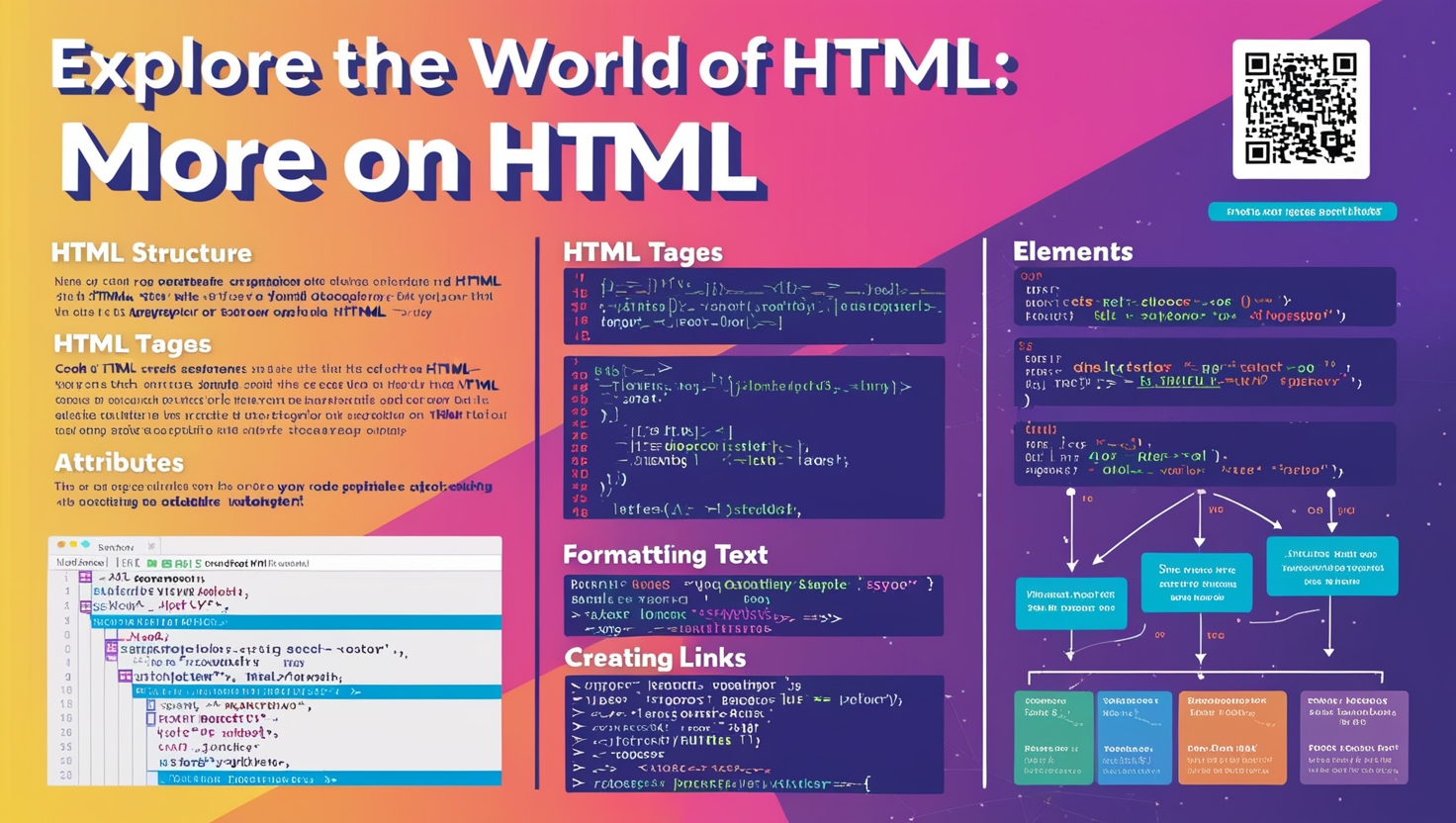Touchpad Computer Book Class 8 Ch 7 solution
Introduction
In today’s digital world, web development is an essential skill that helps us create interactive and visually engaging websites. One of the most fundamental languages for web development is HTML (Hypertext Markup Language). In this blog post, we’ll explore the key topics from Chapter 7 of the 8th class syllabus: Images, Links, and Frames in HTML5. The chapter includes the basics of inserting images, adding audio and video, creating forms, linking web pages, and using frames.

1. Inserting Images in HTML5
Images make a website visually appealing and are essential for enhancing user experience. HTML5 provides a simple and efficient way to add images to a webpage using the <img> tag. The basic syntax for inserting an image looks like this:
<img src="image.jpg" alt="Description of Image" width="500" height="600">
src: Specifies the path to the image.alt: Describes the image for users who may not be able to see it (like screen readers).widthandheight: Control the size of the image.
2. Adding Audio and Video in HTML5
HTML5 allows embedding audio and video files directly into a webpage without requiring external plugins. This is done using the <audio> and <video> tags.
- Audio:
<audio controls>
<source src="audio.mp3" type="audio/mp3">
Your browser does not support the audio element.
</audio>
The <audio> tag includes the controls attribute that allows users to play, pause, and control the volume.
- Video:
<video width="320" height="240" controls>
<source src="movie.mp4" type="video/mp4">
Your browser does not support the video element.
</video>
The <video> tag works similarly, providing controls for playing videos directly in the browser.
3. Creating Forms in HTML5
Forms are used to collect user input, such as text, selections, and buttons, which can then be processed or stored. HTML5 simplifies creating forms with several new input types.
Here’s an example of a simple form:
<form action="submit_form.php" method="post">
<label for="name">Name:</label>
<input type="text" id="name" name="name"><br><br>
<label for=“email”>Email:</label>
<input type=“email” id=“email” name=“email”><br><br>
<label for=“message”>Message:</label>
<textarea id=“message” name=“message”></textarea><br><br>
<input type=“submit” value=“Submit”>
</form>
action: Specifies the URL where the form data is sent.method: Defines how the data will be sent (e.g.,GETorPOST).inputandtextarea: Represent different types of form fields for text, email, and longer messages.
HTML5 introduced new input types like email, tel, and date to make forms more user-friendly.
4. Linking Web Pages in HTML5
One of the key features of the web is the ability to create links between different web pages. The <a> tag is used for this purpose. You can link to other pages or external websites by using the href attribute.
Example of linking to another webpage:
<a href="contact.html">Contact Us</a>
To link to an external website:
<a href="https://www.example.com" target="_blank">Visit Example</a>
href: Specifies the destination URL.target="_blank": Opens the linked page in a new tab.
5. Using Frames in HTML5
Frames allow you to display multiple webpages in a single browser window. While frames were widely used in earlier versions of HTML, HTML5 no longer supports the <frameset> tag. However, you can use <iframe> to embed external content such as other webpages, videos, and interactive content.
Example of using an <iframe>:
<iframe src="https://www.example.com" width="600" height="400"></iframe>
src: Specifies the URL to be embedded.widthandheight: Control the size of the embedded content.
6. Title, Description, and Keywords in HTML
The <title> tag is used to specify the title of the web page, which appears in the browser tab. The title should be descriptive and relevant to the content of the page.
Example of the <title> tag:
<title>My Website - Home</title>
The meta tags <meta name="description"> and <meta name="keywords"> are important for search engine optimization (SEO). They provide search engines with information about your page’s content, which helps in ranking and visibility.
Example of meta tags:
<meta name="description" content="This is an informative blog about web development.">
<meta name="keywords" content="HTML5, web development, images, links, frames">
description: Provides a summary of the page content.keywords: Lists relevant keywords for search engines.

1. Tick (✓) the correct option.
a. Which of the following attributes is not used with the <IMG> tag?
- (i) SRC
- (ii) FRAME
- (iii) HEIGHT
- (iv) BORDER
Answer: (ii) FRAME
b. It is a highlighted text or image, which when clicked takes to another web page.
- (i) Anchor
- (ii) Hyperlink
- (iii) Tag
- (iv) Table
Answer: (ii) Hyperlink
c. Which of the following is not a form element in HTML?
- (i)
<SELECT> - (ii)
<INPUT> - (iii)
<TEXTAREA> - (iv)
<IMG>
Answer: (iv) <IMG>
d. Which of these attributes is used in internal linking?
- (i) NAME
- (ii) HREF
- (iii) Both (i) and (ii)
- (iv) None of these
Answer: (iii) Both (i) and (ii)
e. Which of these attributes is used to specify the height of the frame on the web page?
- (i) HEIGHT
- (ii) WIDTH
- (iii) Both (i) and (ii)
- (iv) RESIZE
Answer: (i) HEIGHT
2. Write “T” for true and “F” for false.
a. The default color of the visited link is blue. F
b. We cannot specify the width and height of an image in a web page. F
c. PNG image file format stands for Portable Ink Group. F
d. <TEXTAREA> tag is used to create a multi-line text box that can accept log text values. T
e. <FORM> tag is used to create the form boundary on a web page. T
3. Fill in the blanks using the words from the help box.
Help Box: SELECT, internal link, <A>, INPUT, <FRAMESET>
a. A link that connects to another place on the same web page is called an internal link.
b. The <A> tag is used to link two web pages.
c. <SELECT> tag with the<option>tag allows us to create a drop-down list.
d. The <frame> tag is used under the <FRAMESET> tag.
e. Input tag is used to create the controls or fields to take the input from the user in the form of text selection and clicks.
4. Short answer type questions.
a. What does HREF stand for?
Answer: HREF stands for Hypertext Reference.
b. What is the purpose of the ALINK attribute?
Answer: ALINK attribute is used to set the color of the active link on a web page.
c. Define frames.
Answer: Frames are different sections or parts of a web page that allow displaying multiple HTML documents within the same browser window.
d. What is the use of the BORDER attribute in the <IMG> tag?
Answer: The BORDER attribute specifies the thickness of the border surrounding an image.
5. Long answer type questions.
a. Explain the purpose of the following attributes in HTML.
- (i) ACTION: Specifies the URL where form data is submitted.
- (ii) METHOD: Defines the HTTP method (GET or POST) to be used when submitting form data.
- (iii) TYPE: Specifies the type of input field, such as text, password, or submit.
b. Define any two attributes used with the <IMG> tag.
Answer:
- SRC: Specifies the source (URL) of the image to be displayed.
- ALIGN: Aligns the image with respect to surrounding text.
c. Describe all the attributes of the <FRAME> tag.
Answer:
- FRAMEBORDER: Defines if a border should appear around the frame.
- NORESIZE: Prevents users from resizing the frame.
- SRC: Specifies the URL of the web page to display in the frame.
d. Write HTML code to add audio to a web page.
Answer:
<!DOCTYPE HTML>
<HTML>
<HEAD>
<TITLE> Audio </TITLE>
</HEAD>
<BODY>
<H1 ALIGN="CENTER"> <FONT COLOR="Red"> Welcome to the Musical World </FONT></H1>
<P ALIGN="CENTER">
<IMG SRC="D:/MusicalNote.Jpg">
</P>
<AUDIO SRC="D:/flute.mp3" AUTOPLAY CONTROLS>
</AUDIO>
</BODY>
</HTML>
Let’s Solve
Application-based questions:
a. Sunil wants to divide his web page into three columns. Which HTML tag can he use for this purpose?
Answer: <FRAMESET>tag
b. Divya wants to add some images on the web page. Which tag should she use to do this?
Answer: <IMG>
Touchpad Computer Book Class 8 Ch 7 solution
Conclusion
Chapter 7 of the 8th class HTML syllabus introduces you to essential HTML5 concepts like inserting images, adding audio and video, creating forms, linking web pages, using frames, and understanding the importance of meta tags. Mastering these topics will help you build interactive, multimedia-rich websites that engage users. Keep practicing and exploring more HTML5 features to enhance your web development skills!
Happy coding!
This solution is useful for the students of the CBSE and HBSE boards.
Visit vacancyconnect.com regularly for more valuable & Real Information